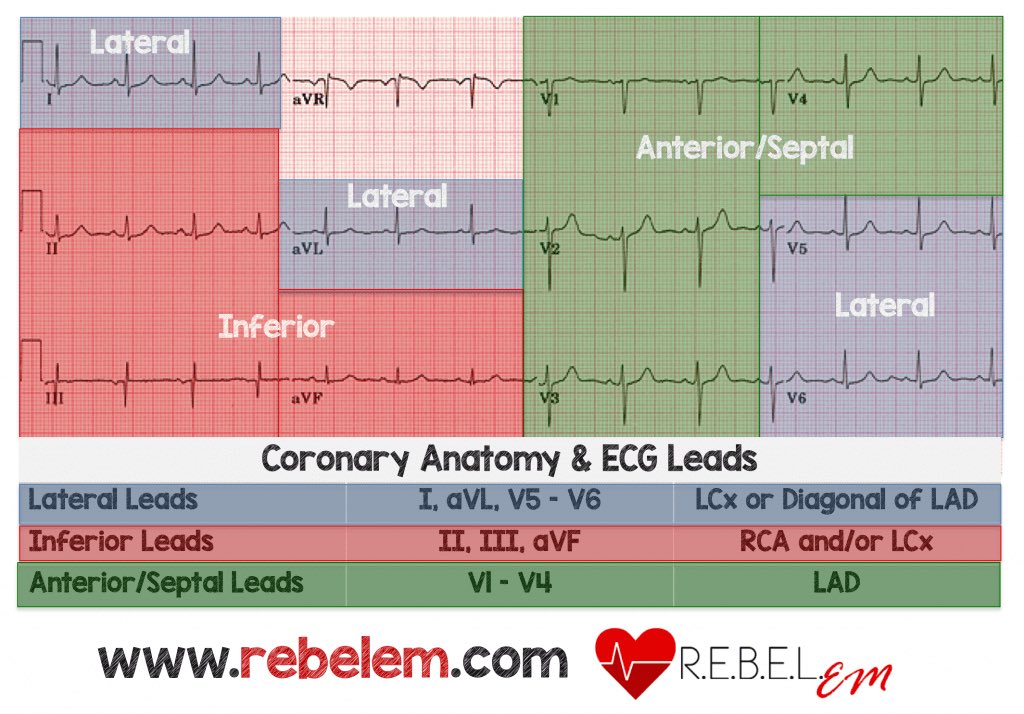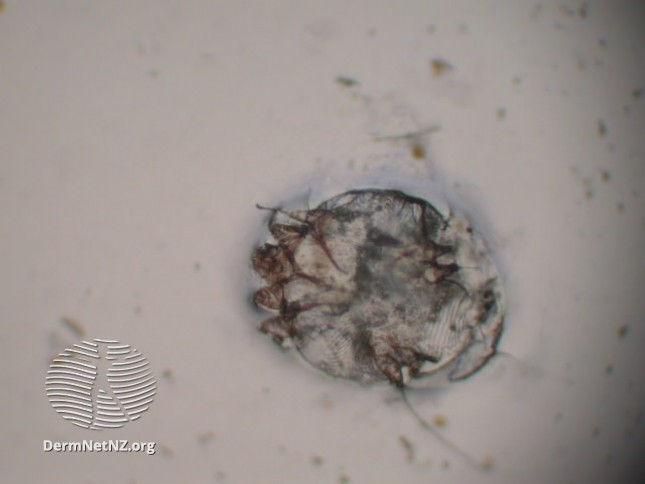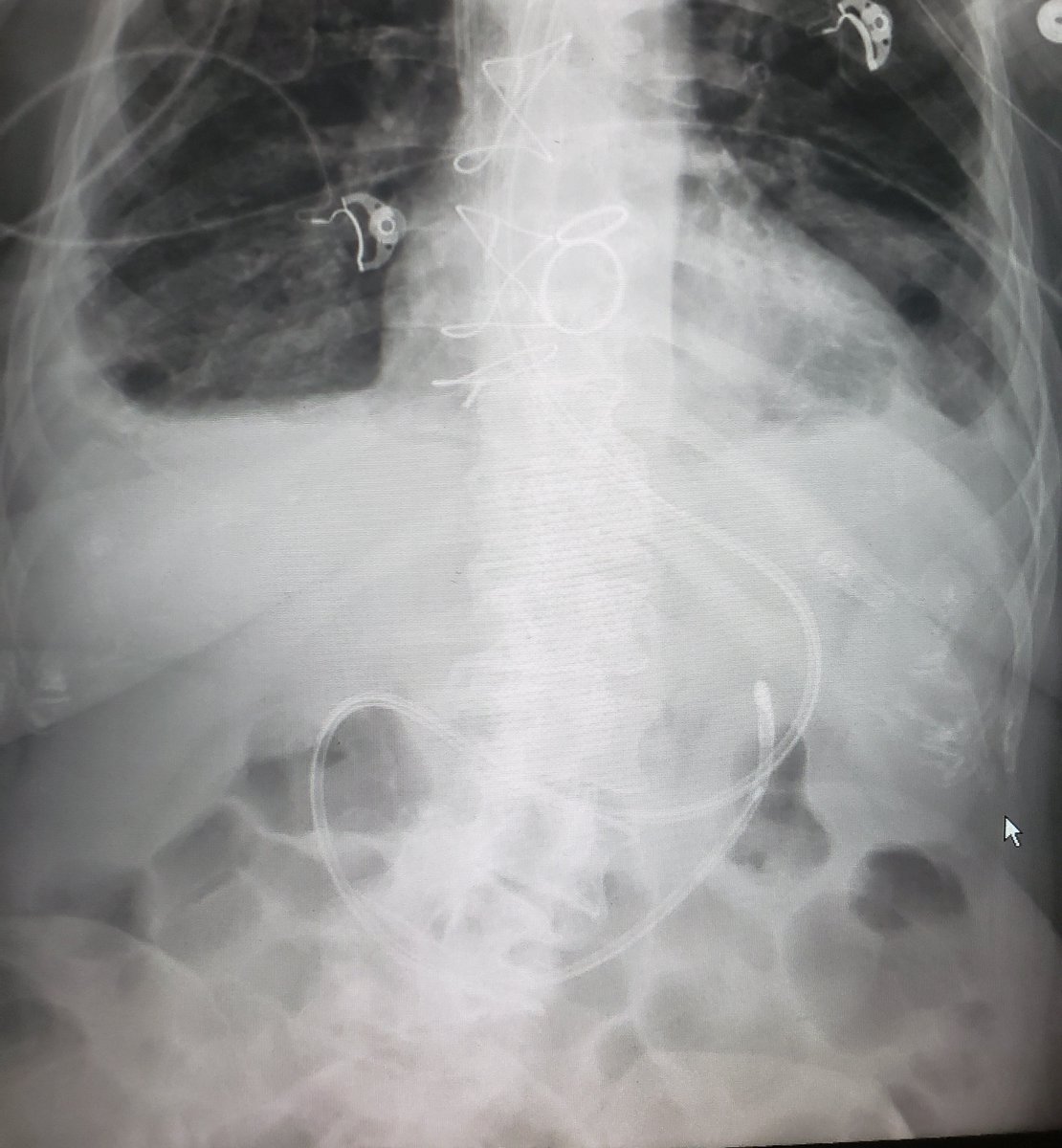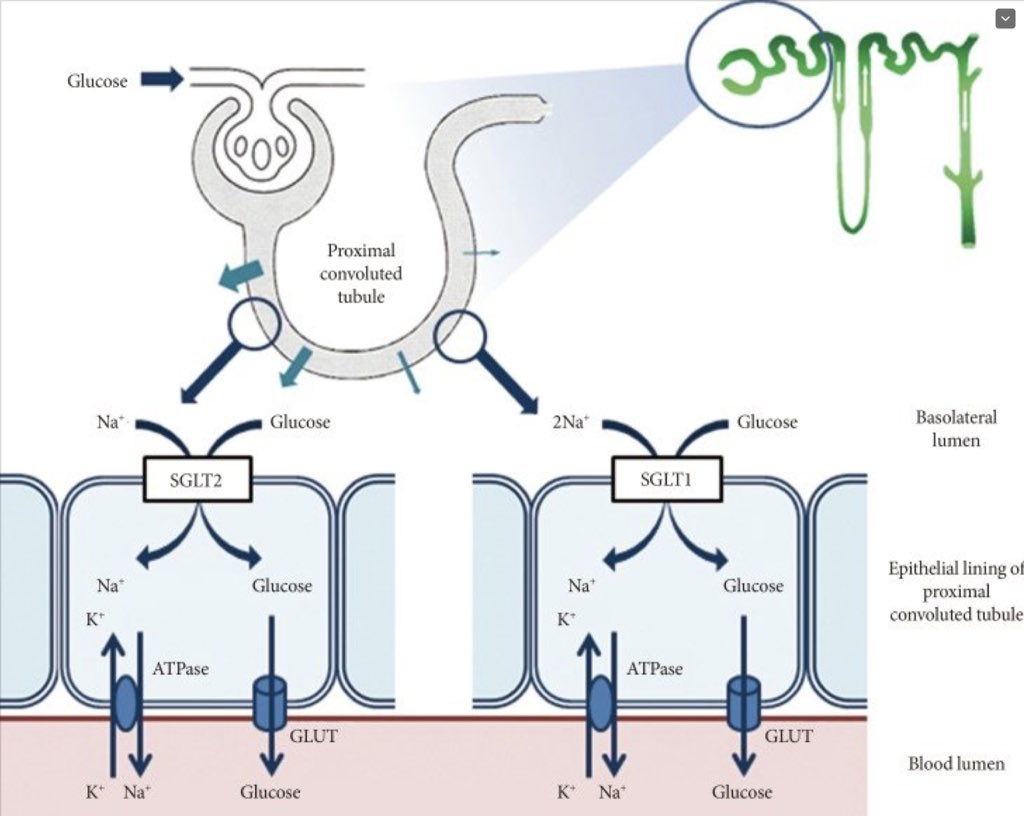We are going to start off w/ some key principles and get all the way to the basics of a 12-lead #EKG!
1/28
“So like a P-wave?” Yeah! Exactly!
But how?
3/28
Away from the electrode registers as a downward i.e NEGATIVE deflection on the EKG!
So the P-wave will be negative in aVR!
5/28
7/28
For the ventricles, below image from cvphysiology.com is 🔥.
- image is from lead II’s perspective
- red top arrow is the overall direction of electricity
- why L to R electricity of the septum? The L bundle of His is faster!
9/28

The T-wave represents REpolarization (REpol) or “resetting” of the cardiac myocytes!
10/28
11/28
The LAST myocytes to DEpol are the FIRST to REpol!
Why?
12/28
- with DEpolarization, positive charges were coming toward it and it registers positive on the EKG
- with REpolarization, negative charges are going AWAY from it, which means our electrode feels positive still!
14/28
15/28
#celebrate #littleVictories #growthMindset
What do det ischemia do doe?
16/28
Not enough O2 messes with our bodies ability to make ATP.
In the heart, and elsewhere, not enough ATP makes the Na-K-ATPase less functional.
Remember how the cardiac myocyte rests at -90 mV?
17/28
Normally, they funnel 3 Na+ OUT of the cell and 2 K+ INTO the cell for a net negative of 1 since 3+ go out and 2+ come in. Cumulatively, the cell is left at a negative -90mV!
18/28
This = less remaining cell to DEpol, so faster time to REpol!
19/28
With subendocardial ischemia, these cells DEpol FASTER now and at about the same speed as the epicardial cells. So, they switch to REpol faster too!
20/28
The REpol wave is NEGATIVE and negative toward the (+) electrode = a negative EKG deflection!
This is why the REpol wave (the T-wave) is inverted in subendocardial ischemia!
21/28
So - what about ST depressions and elevations?
Remember: the ischemic portion of the heart is DEpol already and permanent ischemia = forever DEpol.
23/28
- positive DEpol waves toward an (+) electrode cause POSITIVE deflections on an EKG
- negative REpol waves toward a (+) electrode cause NEGATIVE deflections on an EKG
- non-permanent subendocardial ischemia causes t-wave inversions because REpol wave flips
- transmural ischemia flips the DEpol wave and causes ST elevations
Armed w/ this understanding, you can now find the culprit lesions! It’s ALL just the leads!
27/28
Here’s a summation of such by @srrezaie:
- just think through the “eyes” of the EKG and you’ll too will see 🤓















